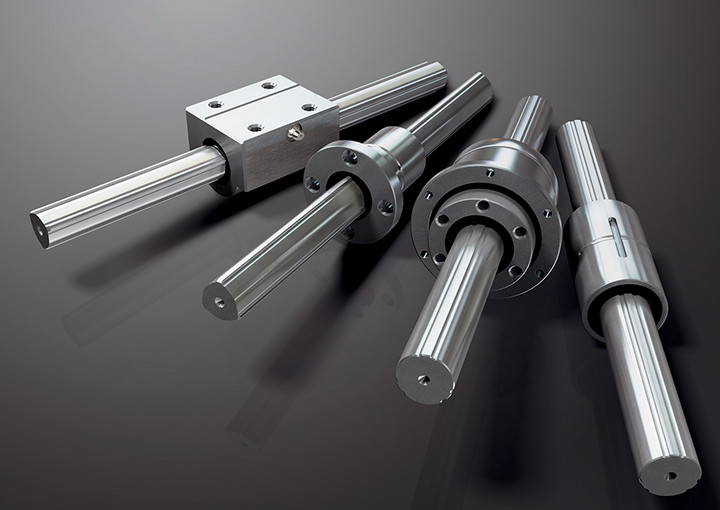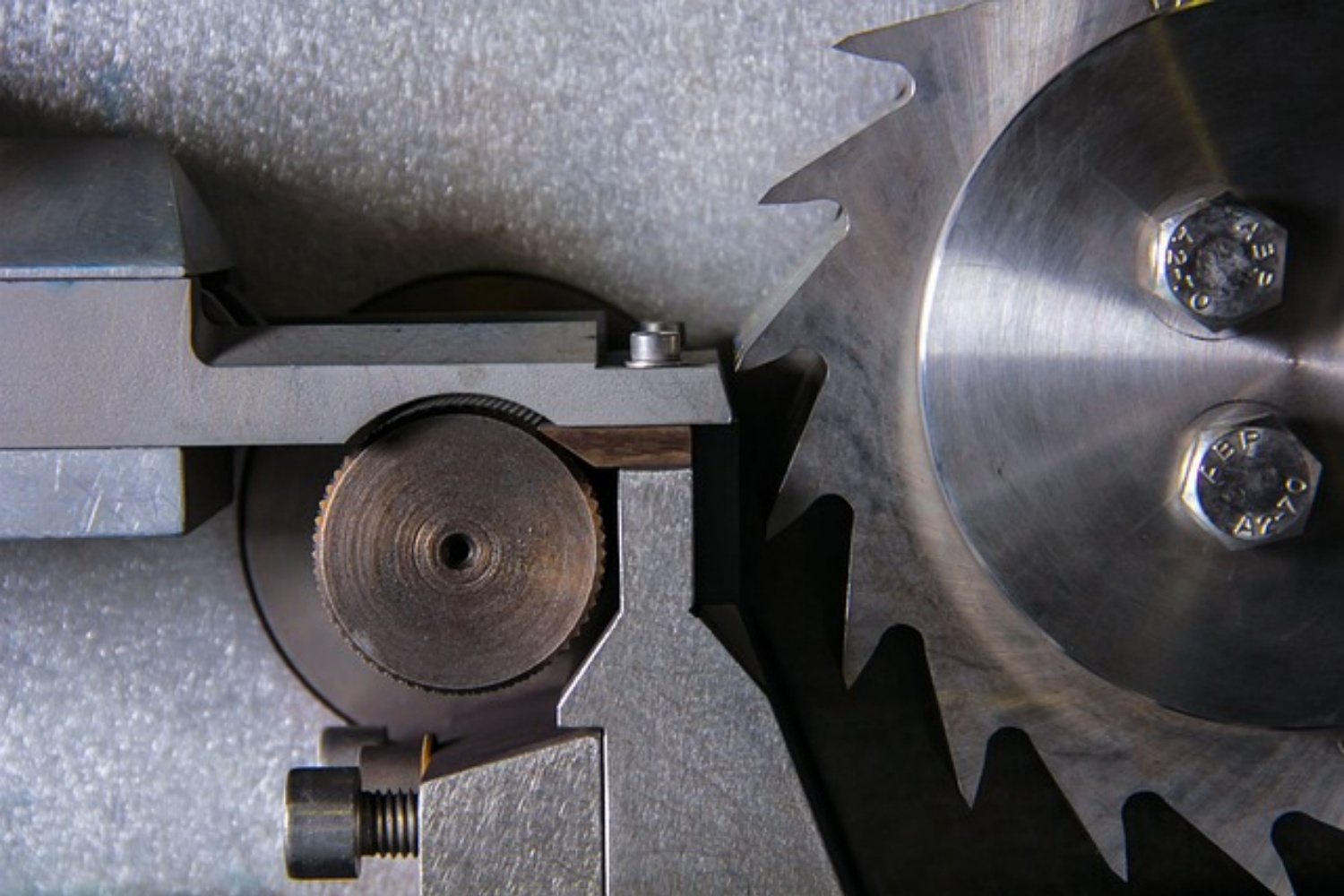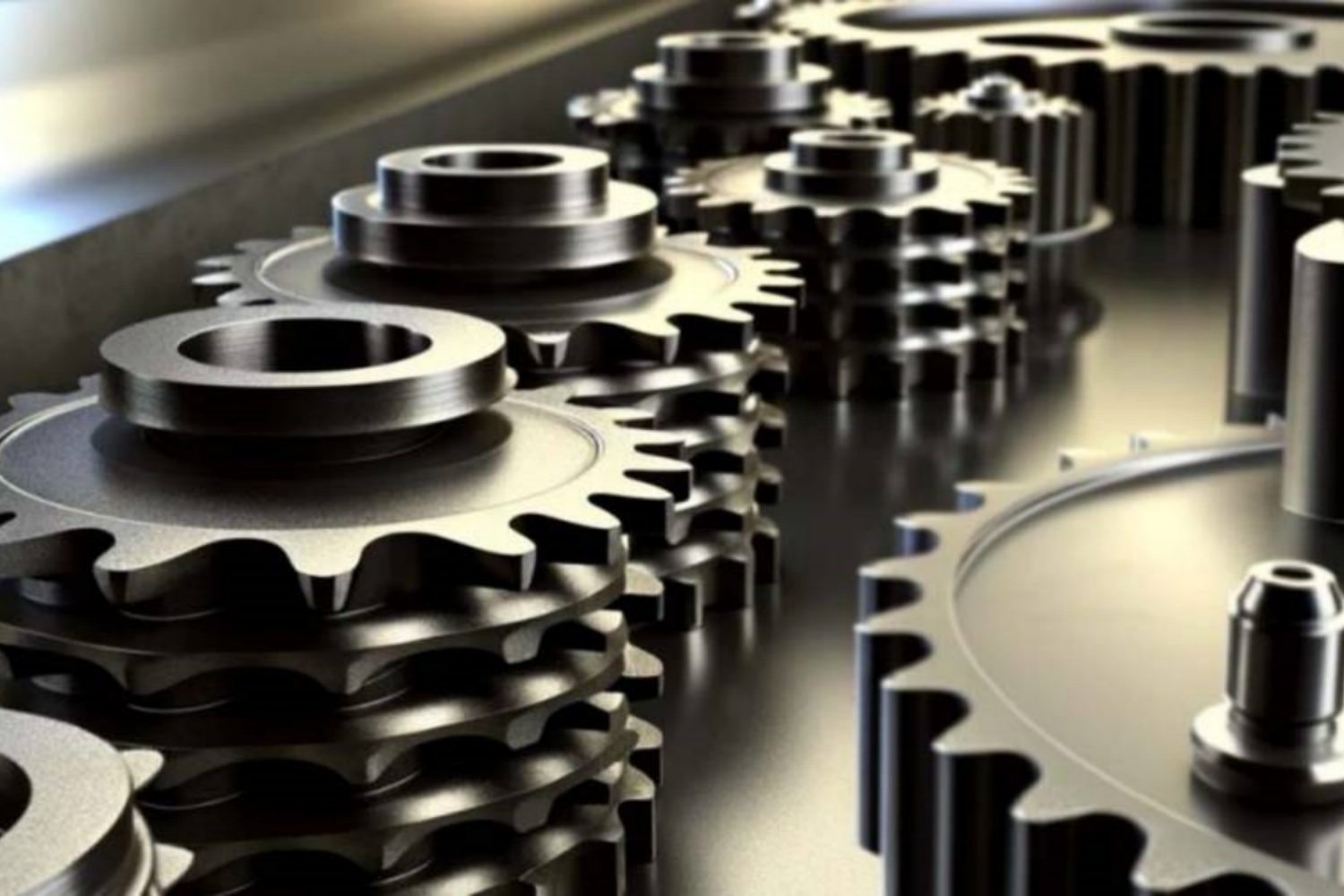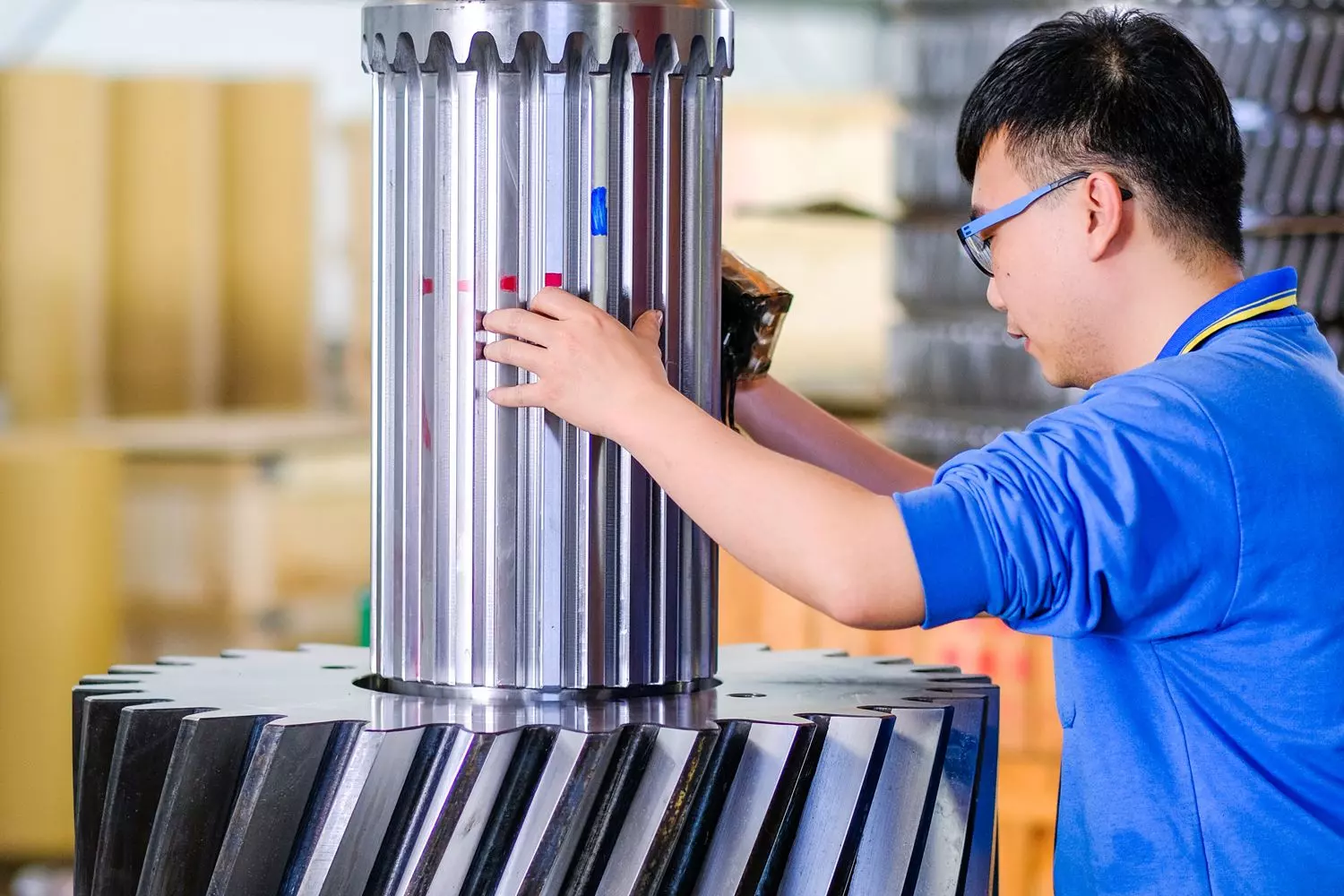Spline shafts are critical components in various machinery and equipment, playing a pivotal role in power transmission and torque distribution. To ensure the longevity and optimal performance of these shafts, proper maintenance and lubrication are essential.
The Role of Spline Shafts
Before we dive into maintenance and lubrication, let’s briefly review the importance of spline shafts. These shafts feature a series of ridges or grooves (spline teeth) that allow for the efficient transmission of torque while permitting axial movement. Spline shafts are commonly used in various industries, including automotive, manufacturing, and aerospace, where precise power transmission is crucial.
The Importance of Maintenance
Proper maintenance of spline shafts is vital for several reasons:
- Preventing Wear and Damage: Over time, spline teeth can experience wear due to friction and stress. Regular maintenance can help identify early signs of wear and prevent further damage.
- Ensuring Precision: Spline shafts often operate in precision machinery. Any deviation in their performance can lead to decreased accuracy and efficiency. Maintenance helps maintain precise tolerances.
- Extending Lifespan: Well-maintained spline shafts have a longer lifespan, reducing the need for costly replacements and downtime.
Maintenance Practices
Here are some key maintenance practices to keep your spline shafts in optimal condition:
- Regular Inspection: Periodically inspect the spline shaft for signs of wear, corrosion, or damage. Look for any abnormalities in the spline teeth, such as chipping or rounding.
- Cleaning: Remove dirt, debris, and contaminants from the spline shaft. Cleanliness is crucial to preventing premature wear and reducing friction.
- Measurement and Tolerance Checking: Measure the spline teeth to ensure they remain within specified tolerances. If they are out of tolerance, it may be necessary to repair or replace the shaft.
- Alignment: Check the alignment of the spline shaft in the assembly. Misalignment can lead to uneven wear and reduced performance.
- Corrosion Prevention: Apply appropriate coatings or treatments to protect the spline shaft from corrosion, especially in environments with exposure to moisture or chemicals.
Lubrication for Spline Shafts
Lubrication is a fundamental aspect of spline shaft maintenance. Proper lubrication reduces friction, dissipates heat, and prevents metal-to-metal contact, all of which contribute to longer spline shaft life. Here’s what you need to know:
- Selecting the Right Lubricant: Choose a lubricant specifically designed for spline shafts. Consider factors such as temperature, load, and environmental conditions when selecting the appropriate lubricant.
- Regular Lubrication: Establish a lubrication schedule based on the shaft’s operating conditions. Some shafts may require more frequent lubrication than others. Follow manufacturer recommendations.
- Proper Application: Apply lubricant evenly to the spline teeth and mating surfaces. Ensure that the lubricant reaches all critical areas. Excess lubricant should be wiped off to prevent contamination.
- Re-lubrication: In applications with heavy use or extreme conditions, consider re-lubrication at shorter intervals. Regularly monitor the lubricant’s condition to detect any signs of contamination or degradation.
Maintenance and lubrication are essential practices for prolonging the lifespan and ensuring the optimal performance of spline shafts. Neglecting these aspects can lead to premature wear, decreased efficiency, and costly downtime. By following a proactive maintenance routine and using the right lubricants, you can maximize the reliability and efficiency of your spline shafts, contributing to the overall success of your machinery and equipment. Remember, a well-maintained spline shaft is a reliable backbone for your power transmission systems.
CONTINUE READING
Related Posts
In the intricate machinery that powers industries worldwide, sprockets play a crucial role, serving as the driving force behind rotational […]
Industrial sprockets play a pivotal role in enhancing productivity and performance across a spectrum of industrial applications. From conveying systems […]
Spline gears are essential components in mechanical engineering, widely used for their ability to transmit torque and provide precise alignment […]





